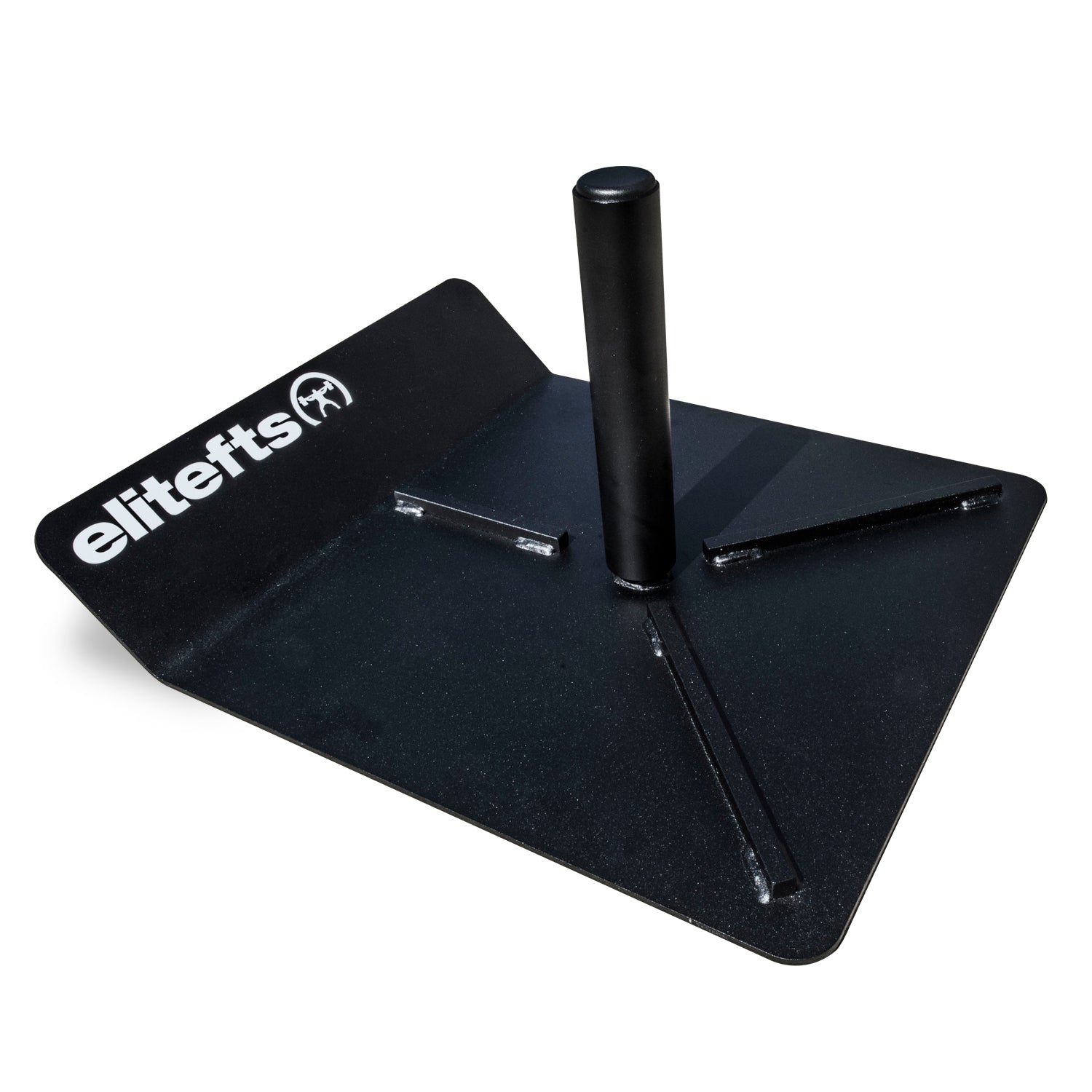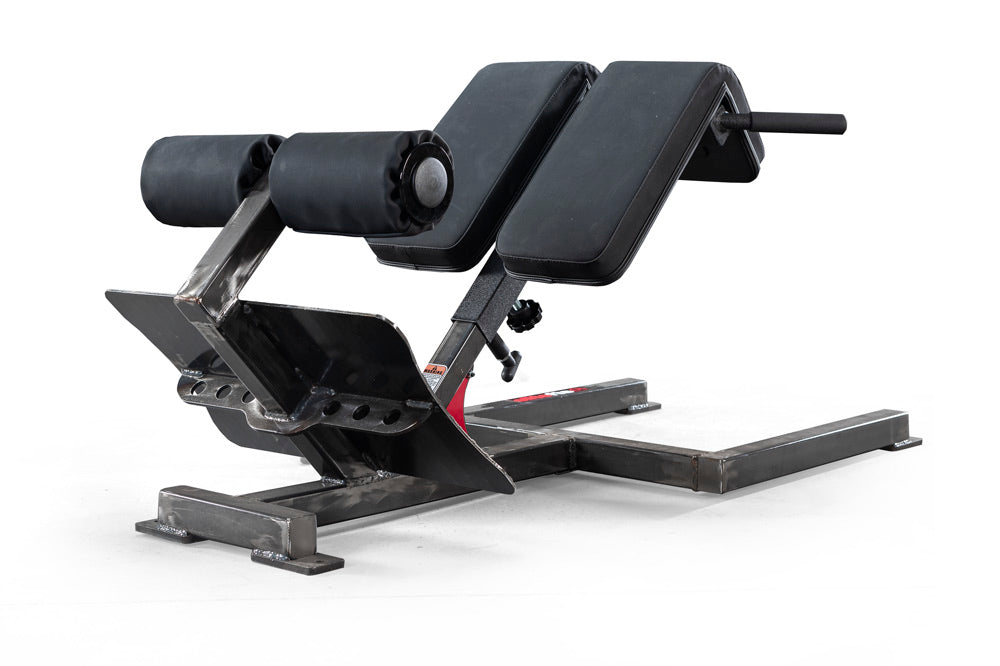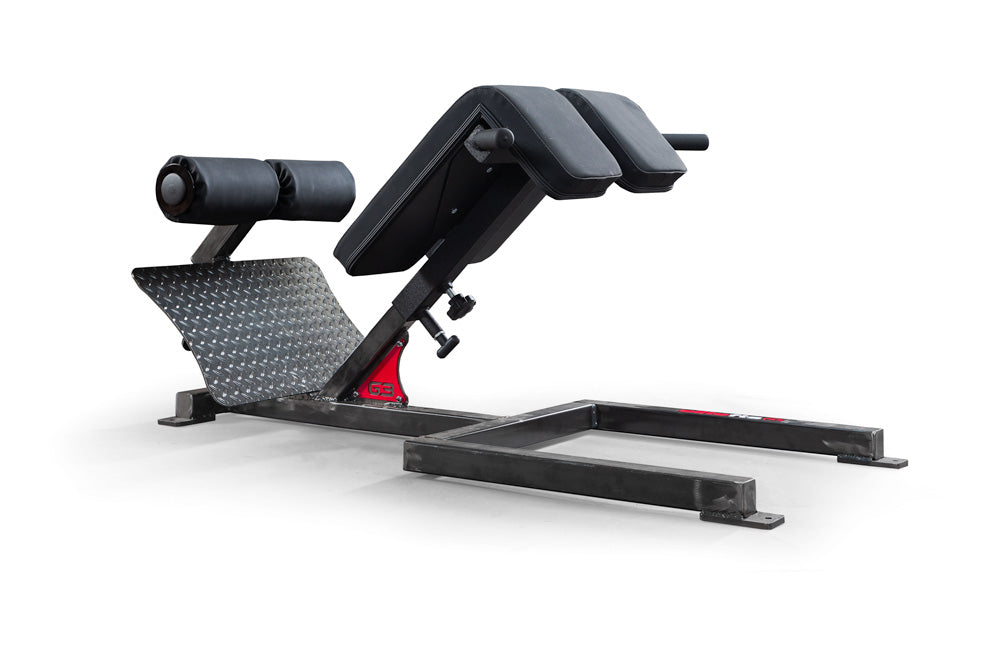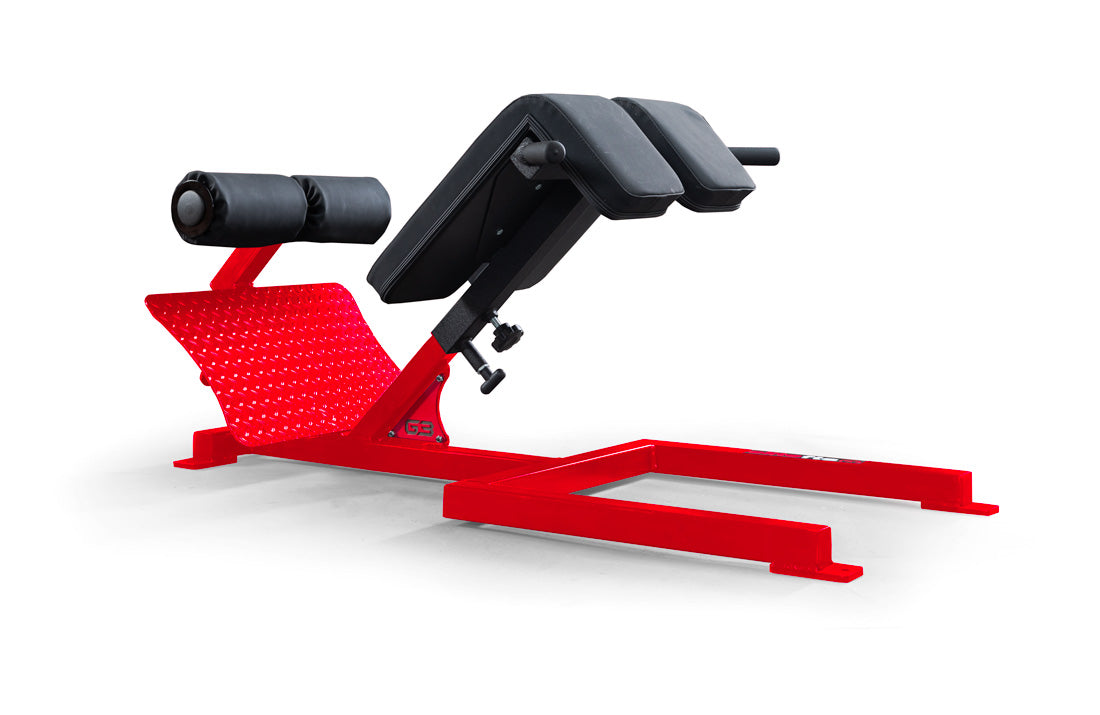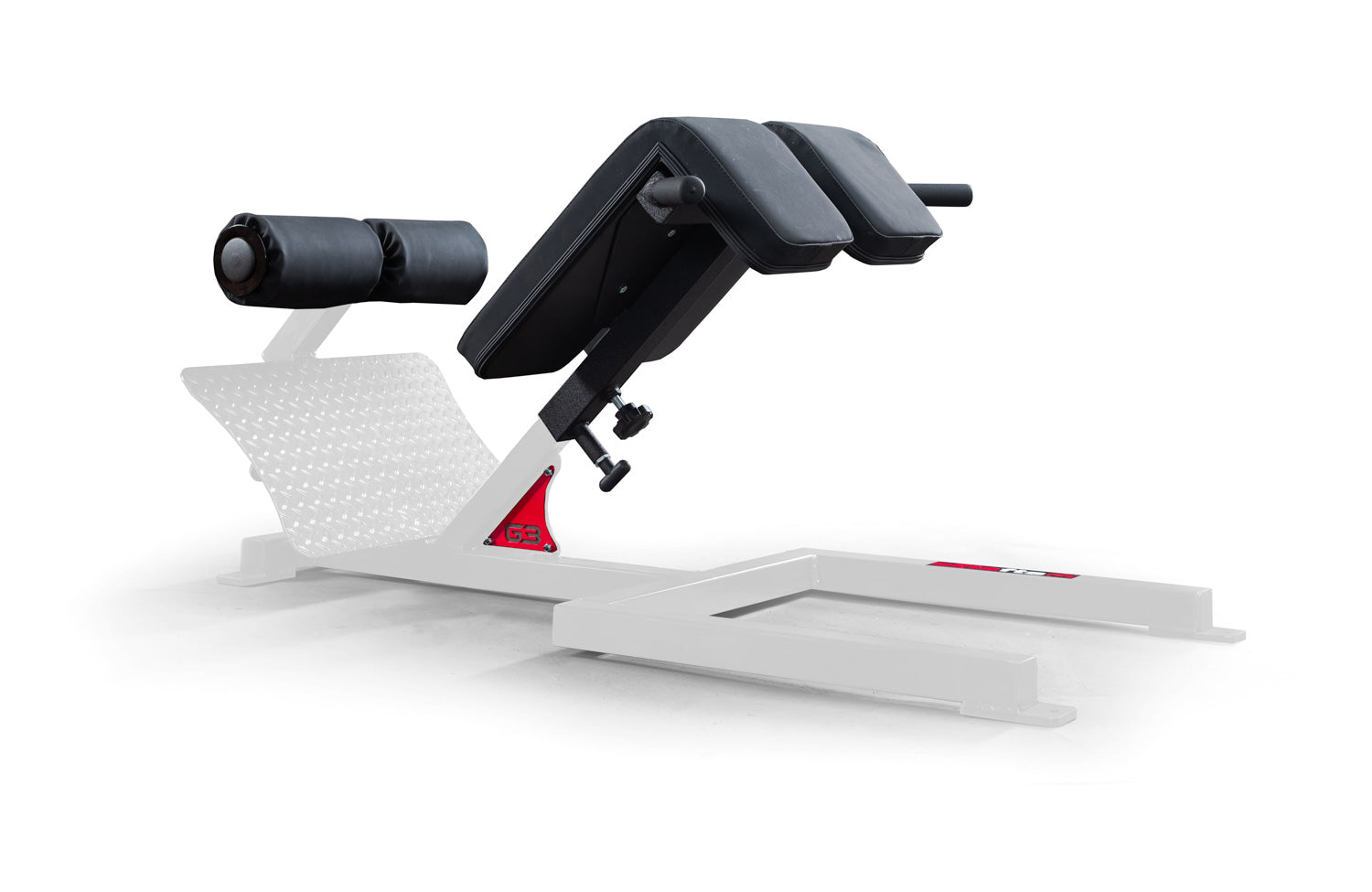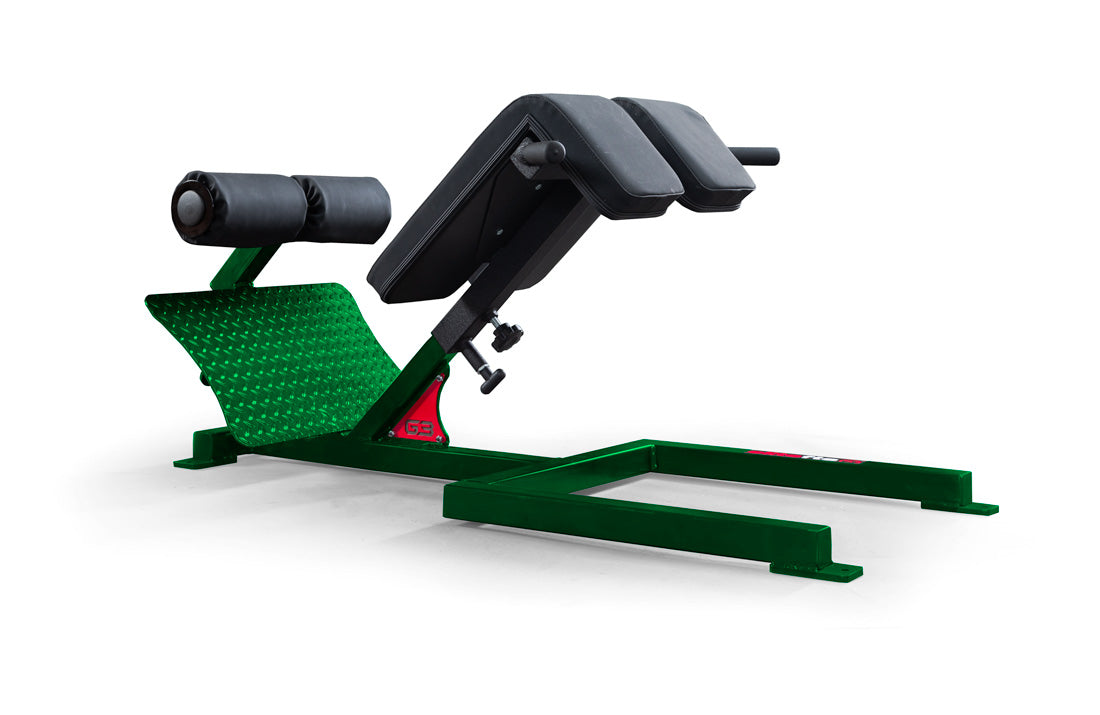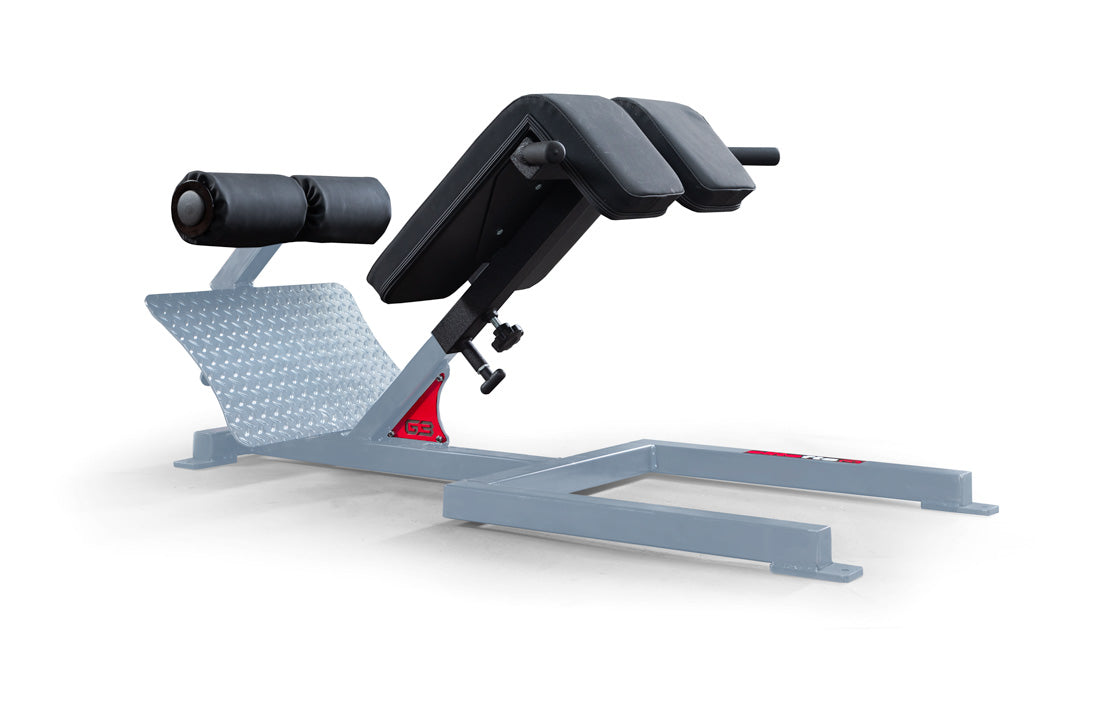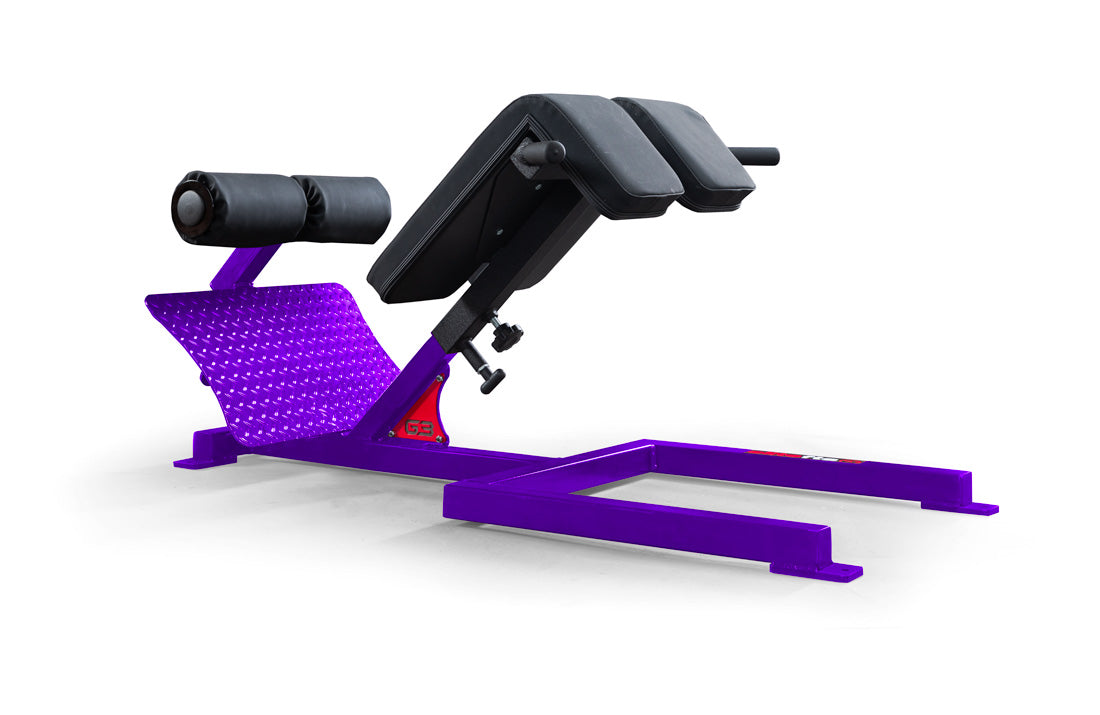elitefts™ Sunday Edition The samurai had sports psychology down before there even was sports psychology. They had a concept which became a book, Bushido. The word Bushido simply meant "the way," and it became synonymous with the way of the warrior or the way of the samurai in Japanese. The samurai were famous for their rigorous training regiments. They trained for hours on end and studied when they weren’t training. Their unyielding resolve has been portrayed in movies like “The Last Samurai,” where they are shown training in physically brutal conditions through rain, hail, and more. Why do they put themselves through such hellish situations? They trained in these conditions because they knew that one day they could be fighting in such conditions. This same strong-willed drive presents itself in the powerlifting world through the many great lifters in barbell clubs and garage gyms across the globe. Like with the samurai, we can't always control the climate and atmosphere around us. You may have to lift in an extremely hot room, and there may be 100 other fat, sweaty guys in a meet (and that much beef is going to produce a lot of heat). In turn, meets occurring during the summer months, along with any air conditioning issues that may arise, can make for a hot and exhausting meet. Thus, a person who has only trained in a climate-controlled commercial gym is at a serious disadvantage. If he has never trained in these conditions, he is certainly not prepared to compete in these conditions. While that in and of itself is a great lesson to take from the samurai, there is one lesson I believe is even greater. More importantly than the conditions in which they trained is how they trained. By this I don’t mean in regards to what implements they used. I am referring to the actual training of their minds through the training of their bodies. Even beyond simple “toughness training” that the environment provided them, the samurai focused their training in order to achieve “flow” in combat. The concept of flow comes to us from Mihali Chikzentmihaly and is what most of us who have competed in athletics have experienced at one point or another—that moment when the stars and the moon align and everything is right. That moment when the game feels effortless and you feel in total control. The samurai achieved this state of flow through mindful practice, and did so by becoming completely engaged in their task. They didn’t do drills just to do drills; they did drills because they understood the reflex that they were trying to develop. For every repetition, they were completely aware of everything going on in their bodies. For sword movements, they were conscious of how the grip of the sword felt in their hands—the feeling of the weight being controlled by the forearms, the feeling in the torso for the swing of the sword, the feeling in the elbows as the sword reached extension, and how it felt to return to their guard position or a balanced position to deliver the next blow. They knew everything that went on in their body during every movement. They knew what a good repetition felt like and they knew what a bad repetition felt like, but more importantly, they knew what a perfect repetition felt like. They also knew how to replicate the perfect repetition. Then, they would repeat those perfect reps until it was completely natural and they didn’t have to think about it. A samurai practiced until the sword was simply an extension of his arm. He knew exactly what his arm was doing and only needed to react, no thinking involved. If anyone came at him with any move, he had already practiced where to counter. There was no thought involved, just a reaction. In this way, the samurai were completely engaged in the moment, letting their body do what needed to be done for the fight and able to let their minds step out-of-the-way. 
Powerlifters can learn the most from this practice—the way the samurai trained from a mental stand point. If you listen to many of the great lifters advice, they say a few things in common with this: you have to treat every set the same, no matter if it’s the bar or 1,003 pounds, every set should be exactly the same, every rep should be exactly the same, you want to groove that rep. They also say if you are a geared powerlifter, you should learn your gear and know it well. You need to practice in your gear so that on meet day you are ready for everything that could possibly happen. This is very akin to the samurai. The great lifters were engaged in every rep during training. They knew how the weight felt, where each joint was, how each joint progressed through the movement. This didn’t just happen, they engaged themselves for every repetition to feel it. They felt each and every repetition and tuned themselves in to what it felt like in their body. They knew what weight would do to them and how they needed to react in order to maintain their perfect repetition form. I have had the good fortune to bench with coach Bill Gillespie of Liberty University. Bill is a perfect example of this. I was amazed to train with him and see what happens. He embodied this grooving of each repetition. Every set of his set up was exactly the same, regardless of the weight on the bar. Bill would create the same internal pressure on every set. Watching him set up for 135 pounds on a warm-up set shocked me. He turned purple with the internal pressure that he set up and forced his form. For 135 pounds he did this, and for every set for the rest of the workout he did this. On some sets he would get up and say “Oh, I let my elbows flare a half second too soon,” or “My butt came up a ¼-inch too high on that one.” He knew exactly what was going on during every repetition. While Bill has developed quite the unique training program over time, he would be successful regardless of his actual training program or periodization style. His self-awareness is what makes him great. Donnie Thompson, Mr. 3,000 himself, has said many times that he trains in his gear because that is what matters what he can squat in his gear. He wants to feel natural in his gear, because that’s how he competes. He wants his gear to be an extension of him, to where he does not need to think about how to alter his feet, or change his hand position to make the lift go more smoothly. He just has where he puts his hands and where he puts his feet. He has trained to where he and the gear are the same. On meet day, he can simply get out of his own way mentally and compete. Realize that this self-awareness is a skill. It can be developed. For some people it is an innate ability and doesn’t need to be developed as intensely as for others, but anyone can develop this skill.














